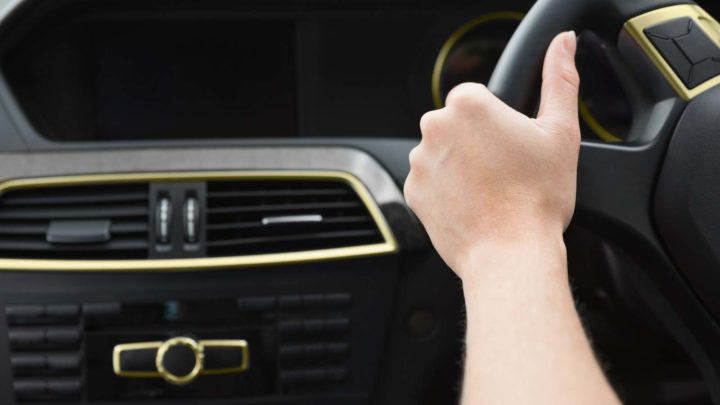Driving while distracted can be a tough habit to break. For many people, driving while distracted is a byproduct of using their phone or another device behind the wheel. You should be aware of two types of drivers on the road today: those who are paying attention and those who are not. Both types can cause accidents, but some ways of being distracted are more dangerous than others.
Distracted driving happens when you’re committing things like talking on your cell phone or reading while driving your car or any action that keeps you distracted from what you need to concentrate on at that time. Go through the entire article to learn the differences between distracted driving and inattentive driving.
What differentiates distracted driving from inattentive driving?
Inattentive driving and distracted driving are often utilized interchangeably. Nonetheless, here are some dissimilarities between inattentive and distracted driving:
Distracted Driving
There are three kinds of distractions: manual, visual, and cognitive.
Cognitive distraction is when your brain is occupied by something other than driving; this includes daydreaming or thinking about things unrelated to driving.
Visual distraction happens when your eyes are busy with something other than driving. This includes having your eyes on a map on the windshield or the radio dial while driving. Manual distractions occur when either hand—or both hands—are occupied with something other than driving (for example, texting).
On the contrary, distracted drivers usually attain all these three categories. When you’re utilizing your mobile phone in the vehicle, your hands, eyes, and mind are all diverted.
By the time a preoccupied driver admits to an unavoidable accident. It’s always too late to respond, which is the reason preoccupied driving is the reason for nearly 80% of automobile accidents.
Inattentive Driving
Inattention may last for a second or two and is usually brief, while distraction often lasts much longer and can cause a driver to miss important information. Distractions can include:
- Drinking or eating while driving
- Texting or talking on a mobile while driving
- Looking away from the road for a long period of time
What causes inattentive driving?
Inattentive driving is the result of a number of factors. To understand what causes inattentive driving, you need to understand how distracted driving occurs.
Distracted drivers are often distracted by their thoughts and feelings about things outside their control, such as personal issues, fatigue or even boredom. Other things that may cause an individual to become distracted include:
Fatigue – We all get tired eventually. So when you’re tired, your ability to concentrate on driving is reduced. If you’re feeling fatigued behind the wheel, then this can have serious consequences for your ability to drive safely and legally.
Distractions inside the vehicle – It’s effortless for a person who has been struggling all day for their school assignment or at the office in order to get extra time away from school or the office later on.
In this extra time, they might find themselves utilizing technology such as their mobile while still driving their car around the city instead of concentrating completely on keeping themselves protected through the utilization of seat belts etc.
Conclusion
In conclusion, distracted driving is a serious problem that can have devastating consequences. It’s important to know the differences between inattentive and distracted driving to determine which is more prevalent on your route or in your vehicle.
To drive your car responsibly, you must always be cautious on the street. You need to avoid any kind of distractions. A solid vehicle insurance plan is crucial as it will keep you covered.
